Gloucester teachers want evidence on building safety
October 7, 2020
Since August, the Gloucester Teachers Association has been asking for evidence that school buildings are safe enough to operate during a pandemic.
In a letter to Superintendent Lummis, and the Gloucester School Committee, the GTA has requested, under MA Gen. Law 150E, that the School Committee provide official documentation to prove that ventilation systems are not just adequate, but effective when faced with an airborne pathogen such as COVID-19.
Now the School Committee is obligated to respond in writing within two weeks.
“The union’s position is safety first,” said GTA Vice President and Chairperson of the negotiating team, Rachel Rex. “We want to make sure the environment is safe for all school personnel, students and the greater Gloucester community at large. We are hoping that they are able to provide the information and put this matter to rest.”
On August 28th, the School Committee sent a letter from the Director of Public Works, Mike Hale, who maintains buildings are safe. “The buildings are not the issue or the solution in preventing the transmission of Covid 19,” he wrote. “For years air quality has been a hot topic in Gloucester public schools. Every test has resulted in adequate air quality.”
The GTA found that letter unsatisfactory due to insufficient evidence. They obtained legal counsel to review the health and safety documents put forth by the school district, specifically regarding HVAC. Sarah Gibson is the attorney who reviewed the history, and made recommendations.
With at least four confirmed Covid cases in Gloucester’s elementary schools, safety concerns continue to rise.
In the letter, the GTA requested the following information:
- Evidence that the conditions noted in GD&D’s assessments below have been repaired, and whether the HVAC systems have been commissioned since 2013-14 to ascertain what amount of fresh air they are supplying to building occupants. According to the 8/1/14 Master Plan Study by Dore & Whittier, Garcia, Galuska & DeSousa, Inc. (GG&D) conducted the HVAC assessment in each of Beeman Memorial, East Gloucester, Plum Cove, and Veterans Memorial schools.
- A copy of the following full report: EH&E did a visual assessment of accessible areas (the areas are not identified in this summary), and measured carbon monoxide (CO), carbon dioxide (CO 2 ), temperature, humidity, airborne particulate, and total volatile organic compounds (TVOCs) in 350 locations. The summary does not include any of the sampling results. It is atypical to conduct CO 2 testing as a measurement of the adequacy of ventilation in unoccupied spaces, since occupants exhale CO 2 . Presumably, EH&E has provided or will provide a full report to the City, which may explain why EH&E did the testing without occupants present.
- Copies of Siemens’ guidance for each school building.
- A copy of both the scope of work, and any resulting reports or documentation of repairs made and a review of existing equipment and repairs to increase airflow. Since GD&D’s HVAC evaluation of 2013-14 identified significant ventilation issues in the four elementary schools, it is particularly important to get a full understanding of the condition of ventilation systems not only in the elementary schools, but all school buildings.
- An assessment by balancer – the current volumes of outdoor air supplied to each space to be occupied, which is the critical information that the balancer should be providing: Mr. Hale described the balancer’s work as assessing the buildings “for optimal air exchange – techs will make the adjustments accordingly.”
- Verification of the performance of ventilation in all to-be-occupied spaces. Verification requires measuring:
- Outdoor air supply volume (in cubic ft per minute, cfm),
- Total supply volume in cfm,
- Return or exhaust volume in cfm, and
- Volume of the space being served by the ventilation system (l x w x h).
- Verification that nurses’ offices and designated isolation rooms in all schools that will be occupied meet ASHRAE guidance. ASHRAE Reopening of Schools and Universities, https://www.ashrae.org/technical-resources/reopening-of-schools-and- universities, 7/22/20 includes a section on nurses offices, which recommends, among other things, that nurses offices have both a Normal and Isolation mode of ventilation available, and that the Isolation mode provide 100% outdoor air, be designed for 6 – 10 ACH, and be capable of maintaining negative pressure relative to the rest of the building. This ASHRAE guidance recommends that if retrofits to existing ventilation systems are not possible, school districts should set up temporary nurse’s stations in trailers. (ASHRAE, section entitled “Nurses Office). Given the comments from 2013-14 about lack of mechanical ventilation in nurses’ offices, it is important that the GTA has confirmation that nurses’ offices and designated isolation rooms meet ASHRAE guidance.
- Verification that all areas now meet building code requirements. GG&D’s 2013-14 evaluation raises concerns about areas in some elementary schools that do not meet the requirements of the building code with respect to ventilation. If confirmation is not available, or is not provided, any of those spaces flagged by GG&D, should not be used.

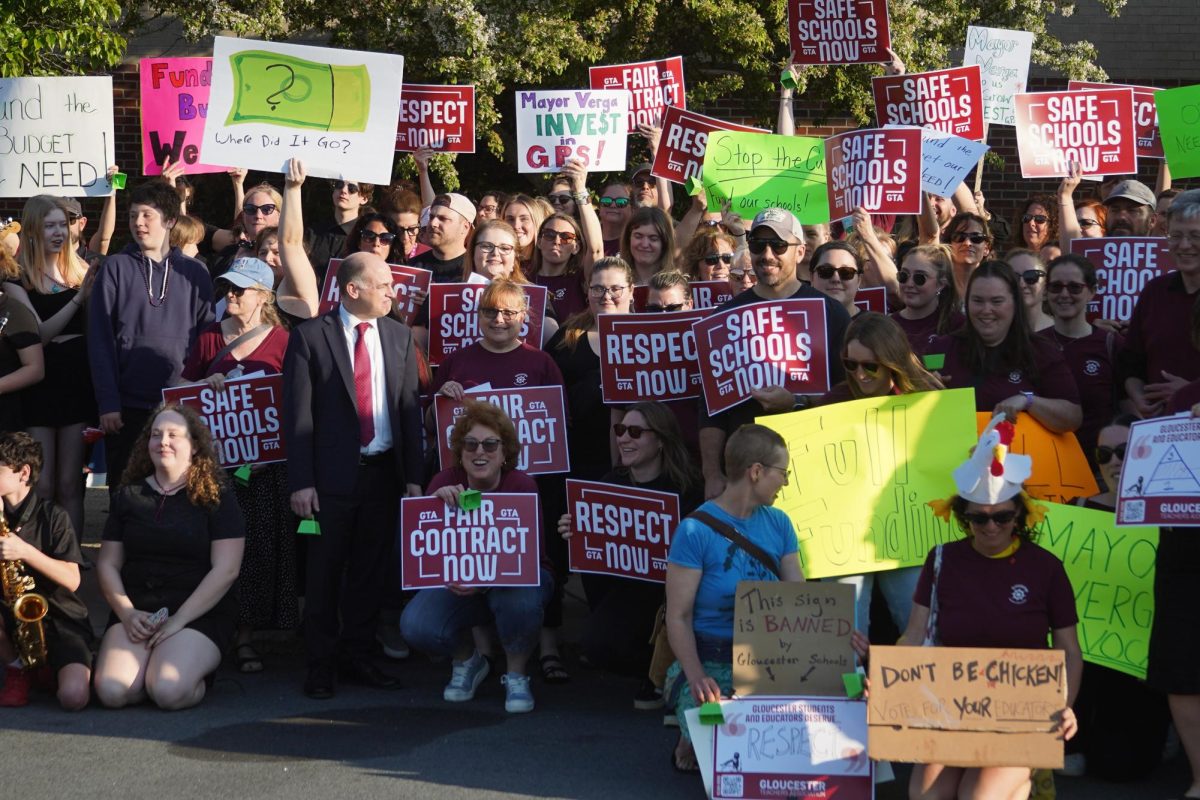


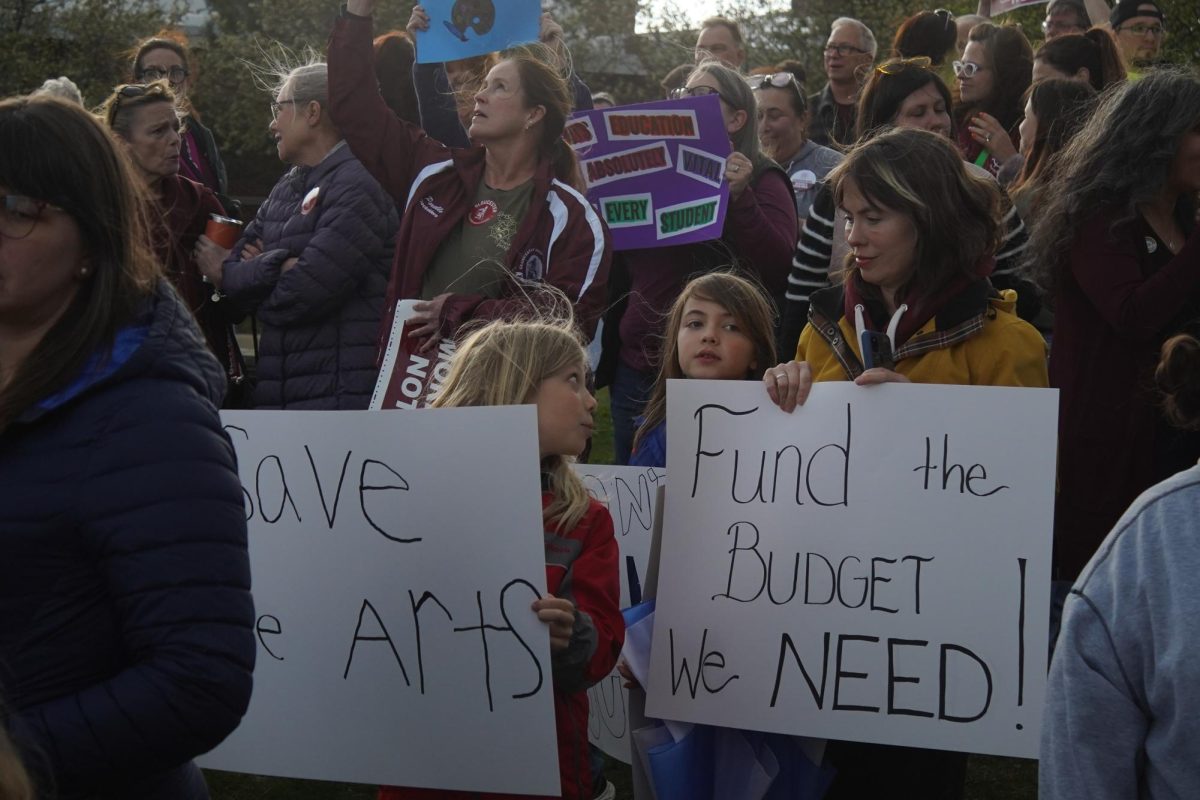









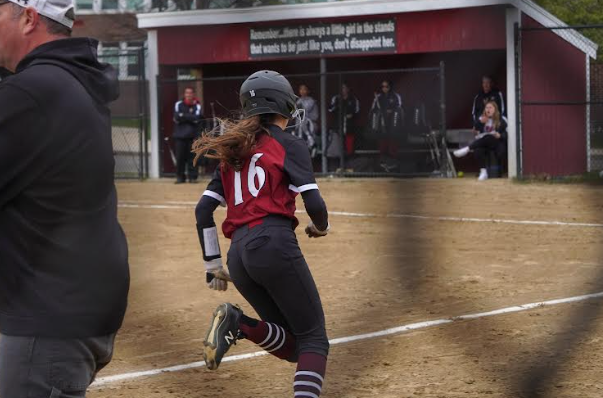


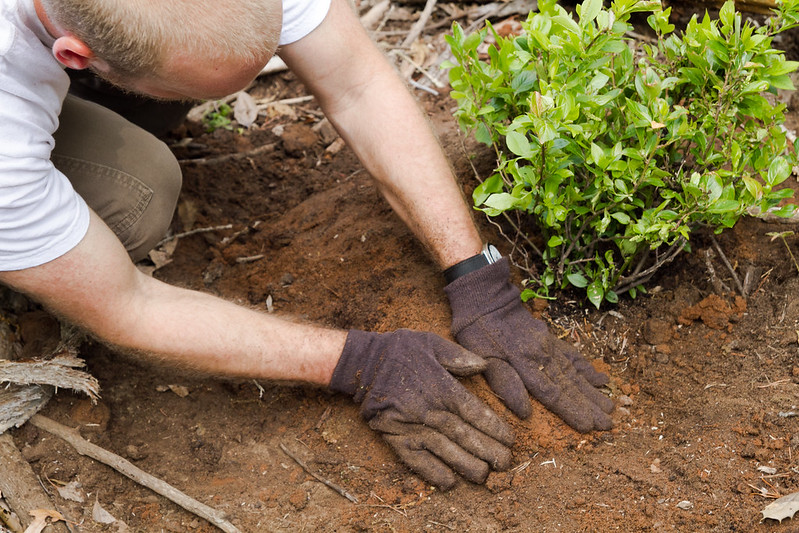


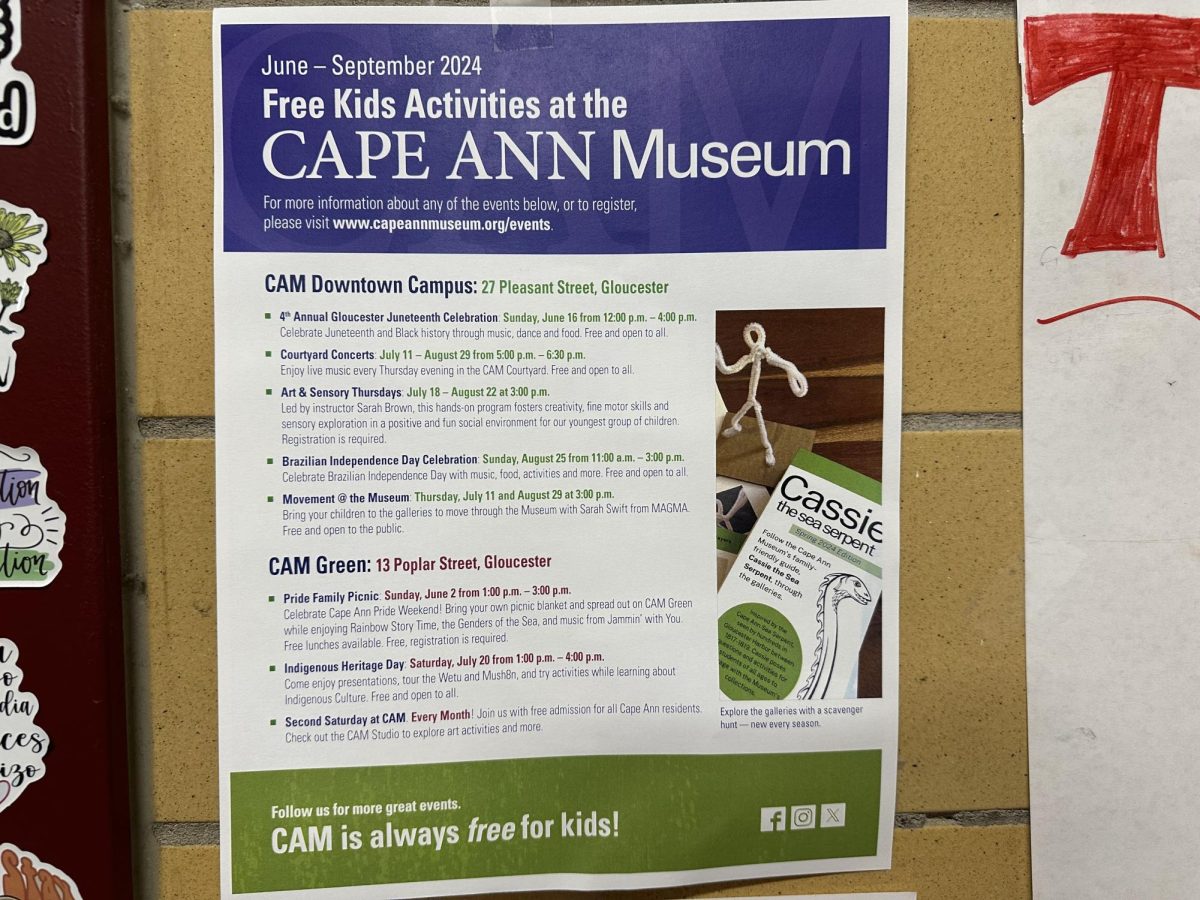









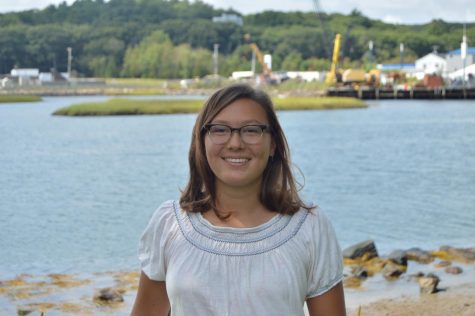


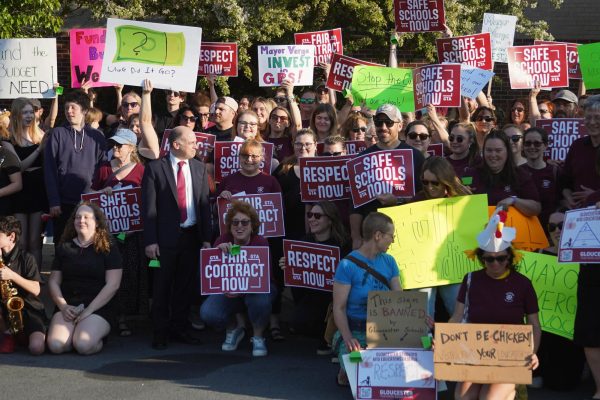


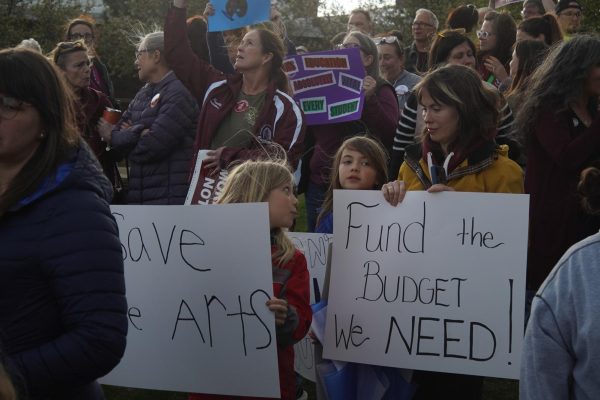





Maura Feener • Oct 13, 2020 at 8:08 pm
We should close the school one day a week and dedicate that day to deep cleaning.
Louise Frontiero • Oct 10, 2020 at 9:32 am
Why are we not doing vertual schooling t least part of the school year until vaccine available ?